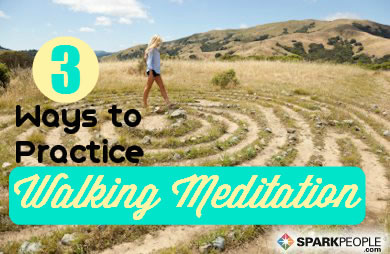|
My young kids like to be in control. Whether it’s what they are wearing, which toy they play with or what’s for lunch, they like to make decisions. Although it can get frustrating at times (“I’m sorry honey, we aren’t going to wear winter boots today because it’s 97 degrees outside.”) I can understand. So much of their lives are planned out for them that it’s exciting when they get to make a few choices on their own. I’ve started involving my children more in the meal planning process. I don’t mind cooking dinner but I hate having to come up with ideas all the time. So I’ll ask them for suggestions, or give them choices to pick from, either in the planning stage or once I make the food. It doesn’t bother me to make a few different vegetables and then let them choose which ones they want. I know the food will get eaten eventually, and I like having leftovers for future meals. I find that when given the choice, they don’t usually pick just the carrots or just the green beans. They usually want a little of both, and end up eating more vegetables than they would have if there was just one. A new study of adults came to the same conclusion: variety helps increase intake. The study, published in the Journal of the Academy of Nutrition and Dietetics, tested whether filling half of the plate with a variety of vegetables influenced the amount participants consumed. 66 adults were given two different kinds of meals: one contained a single serving of vegetables (along with other foods), and the other had three servings of three different vegetables served side-by-side (along with other foods.) The results showed that on average, people ate more vegetables when given a variety. For example, “Women ate anywhere from 164 to 203 grams of a particular vegetable when they had only that vegetable. That jumped to 232 grams when they ate the varied meal.” Interestingly, the study also found that participants didn’t eat less calories when they consumed more vegetables, so their intake was higher overall. That’s one reason it’s important to be aware of portion sizes. Fill the plate with more veggies, but scale back portions of the other foods to compensate. I’ve always liked multiple foods on my plate. I’d much rather have small portions of a number of things, rather than larger portions of just a few foods (which is probably why I cook the way I do.) So if this strategy gets me and my kids to eat more vegetables, it’s a bonus! Maybe it’s an idea that could work for you and your family too. Would this be a good way to get your family to eat more vegetables? Why or why not? What other strategies have you used to increase veggie intake in your household? |
Popular EntriesMore From SparkPeople |





















